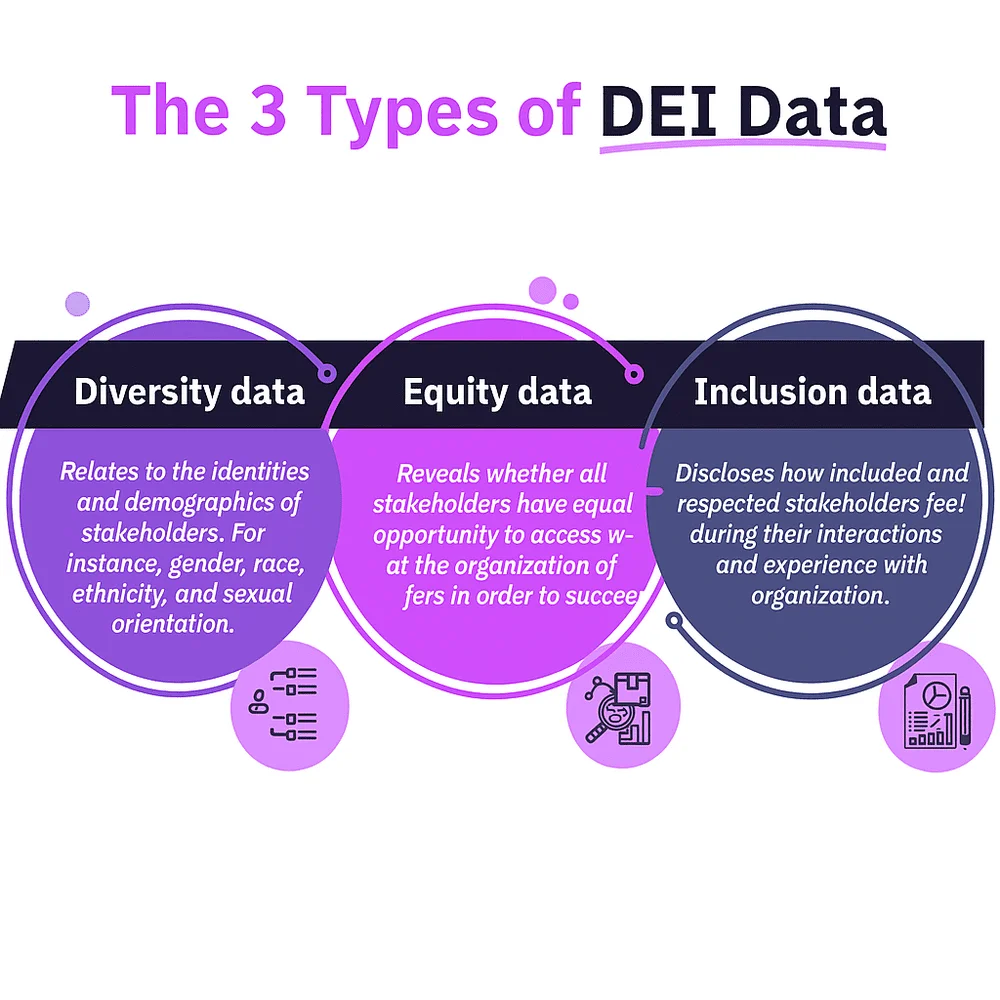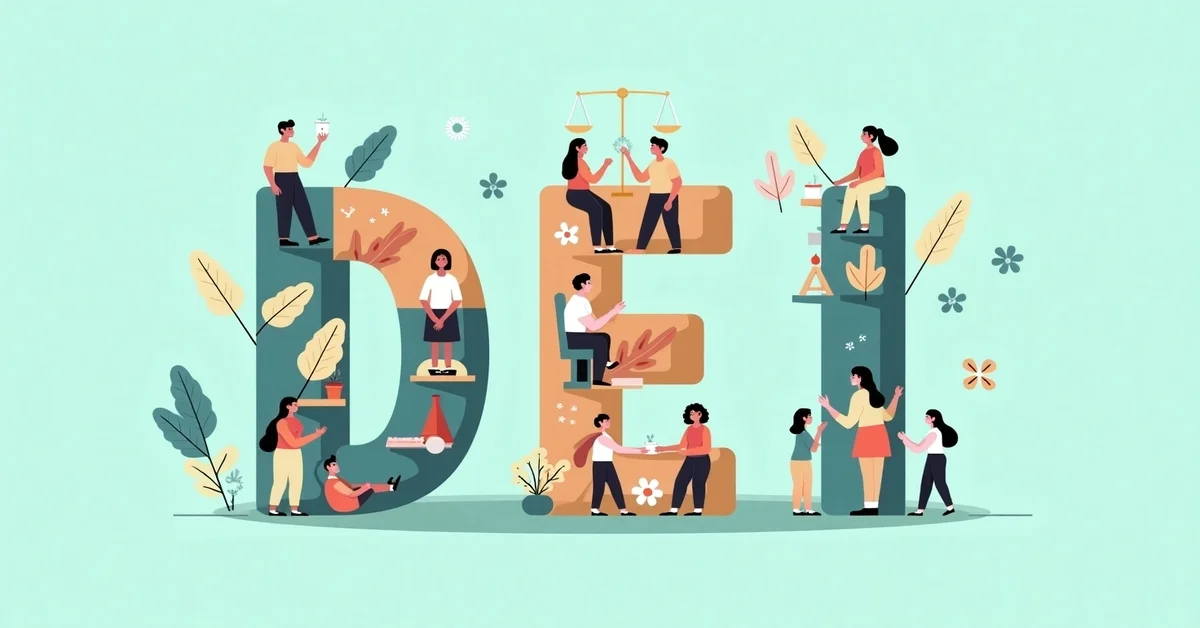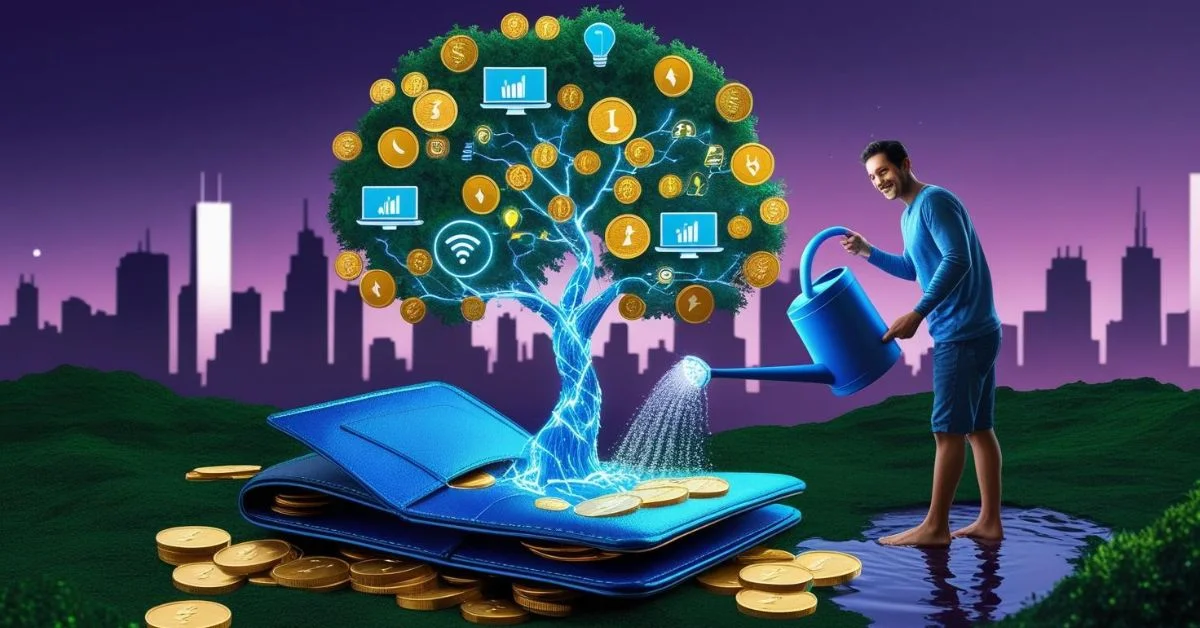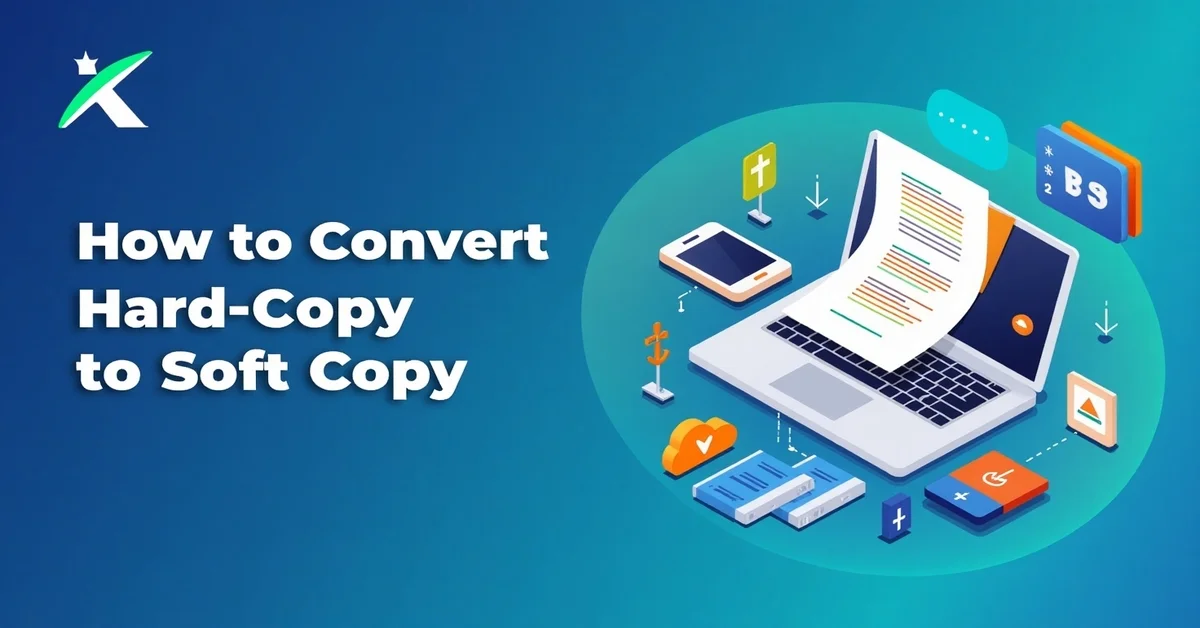If you’ve been reading about company values, education reforms, or social change, you’ve probably come across the term DEI. But what does DEI stand for? Simply put, DEI stands for Diversity, Equity, and Inclusion. These three words represent a powerful idea that many workplaces, schools, and communities are trying to embrace in today’s world. They are more than just buzzwords; they are principles that help shape better and fairer environments for everyone.
Why Understanding DEI Matters?
Understanding DEI helps us make sense of why companies change hiring practices, why schools teach new materials, and why organizations review their policies. It gives us insight into efforts to create spaces where everyone, no matter their background, has a chance to grow, belong, and succeed.
Let’s break it down piece by piece in simple words.
Diversity: Valuing Differences
The D in DEI stands for Diversity. Diversity is about acknowledging and appreciating the unique differences that exist among individuals. These differences could be based on race, gender, age, religion, ability, culture, education, sexual orientation, background, language, or anything else that makes someone unique.
When we say a workplace or school is diverse, we mean that it includes people from many different walks of life. But diversity isn’t just about numbers. Having a group of diverse individuals is only the beginning; true impact comes from valuing their perspectives. It’s about valuing those differences and making sure they matter in everyday decisions.
Examples of Diversity
- A company that hires people from different ethnic backgrounds.
- A truly inclusive school welcomes both students with disabilities and those without, offering equal opportunities to thrive.
- A team made up of men, women, and non-binary people.
- An organization that respects multiple faiths and beliefs.
The goal of diversity is not to label people but to understand that having different voices and perspectives helps us learn more, think bigger, and do better work.
Equity: Making Things Fair
The E in DEI stands for Equity. Equity is often mistaken for equality, yet they represent two different ideas. Equality means giving everyone the same thing. Equity involves providing individuals with the specific resources and support they need to succeed, even if those needs vary from person to person.
Think of it like this: if three people of different heights are trying to look over a fence, equality would give them the same size box to stand on. That may help one person, but not the others. Equity gives each person a box that suits their height so that everyone can see over the fence.
In real life, equity means recognizing that not everyone starts from the same place or has had the same opportunities. Some people may need more support, tools, or time to catch up or shine.
Ways Equity Can Show Up
- Schools are giving extra learning time to students who need it.
- Workplaces offering flexible schedules for parents or caregivers.
- Companies providing mentorship for underrepresented employees.
- Hiring policies that remove unfair barriers for certain groups.
Equity is about fairness, not sameness. It looks at each person’s needs and tries to create balance where there has been imbalance.
Inclusion: Making People Feel Belonging
The I in DEI stands for Inclusion. Inclusion means creating a space where everyone feels welcomed, respected, and heard. It’s not enough to just invite people in; you have to make them feel like they belong and can be themselves without fear or pressure.
Inclusion happens when different voices are not only present but also active and valued. When meetings include everyone’s ideas, or when leaders listen to all sides, or when decisions are made with everyone in mind. Inclusion turns diversity into strength by making sure no one feels left out or ignored.
Signs of an Inclusive Environment
- People are encouraged to speak up and share their opinions.
- Different holidays and traditions are respected.
- Feedback is taken seriously, no matter who gives it.
- Leaders look like the people they lead and represent them fairly.
Inclusion creates trust, safety, and stronger teamwork. A sense of inclusion encourages individuals to remain engaged, reach their potential, and offer their best efforts.
Common Challenges and Misunderstandings
Some people hear DEI and feel confused or even defensive. That’s often because they don’t fully understand what it means or fear it might take something away from them. But DEI is not about blame or division. It’s about adding fairness, empathy, and opportunity for all.
Common Concerns People Raise
- Is DEI Undermining Merit-Based Hiring?: Not at all. The purpose of DEI is to eliminate systemic barriers, ensuring that top talent, regardless of background, receives fair visibility and opportunity.
- Is DEI only about race?: No. DEI covers many differences, including age, gender, ability, education, income, and more.
- Will I be excluded?: No. Inclusion includes everyone. DEI works best when all voices are heard and respected.
How Organizations Can Practice DEI?
Building a culture of DEI takes time, effort, and real action. It’s not just about posting a mission statement. It involves changes in policy, mindset, leadership, and communication.
Ways to Support DEI in Real Life
- Train teams on bias and inclusive behavior.
- Review hiring and promotion systems for fairness.
- Set up groups or networks that support diverse employees.
- Create safe spaces for conversations and learning.
- Measure progress with surveys and feedback.
When DEI is practiced well, it brings people together and makes teams stronger, smarter, and more united.
The Future of DEI
As our world becomes more connected and complex, DEI will continue to play a big role. Companies and schools that take DEI seriously will stand out as leaders. Communities that invest in equity and inclusion will be healthier, happier, and more productive.
It’s not about ticking boxes. It’s about creating a world where everyone gets a fair shot, feels respected, and can reach their full potential.
Conclusion
DEI: short for Diversity, Equity, and Inclusion, focuses on embracing different backgrounds, guaranteeing everyone has access to opportunities, and fostering a strong sense of belonging for all. It’s more than just policy; it’s a mindset that removes barriers and builds environments where everyone can thrive. Practicing DEI leads to stronger, more inclusive workplaces, schools, and communities, starting with awareness and growing through action.



